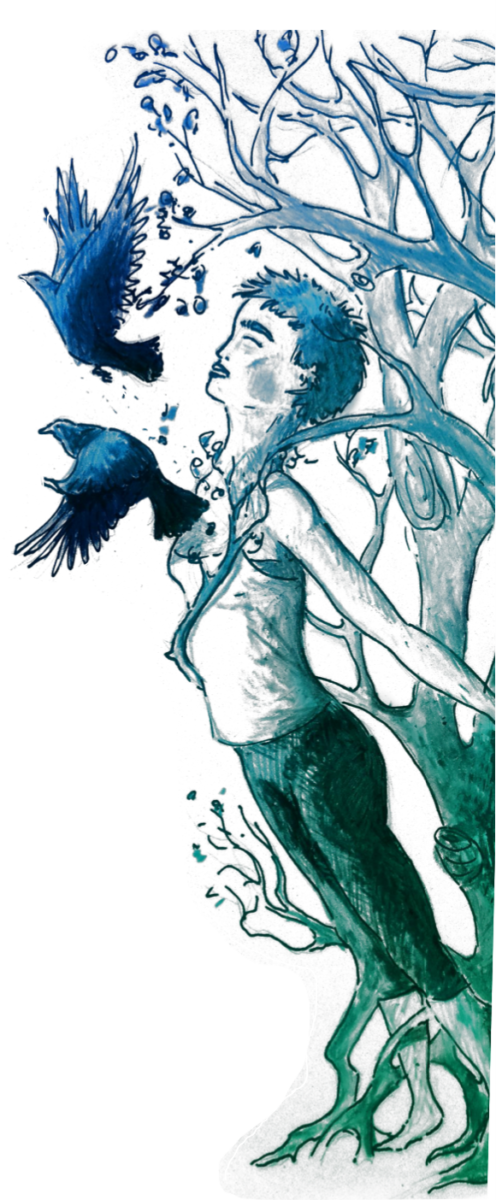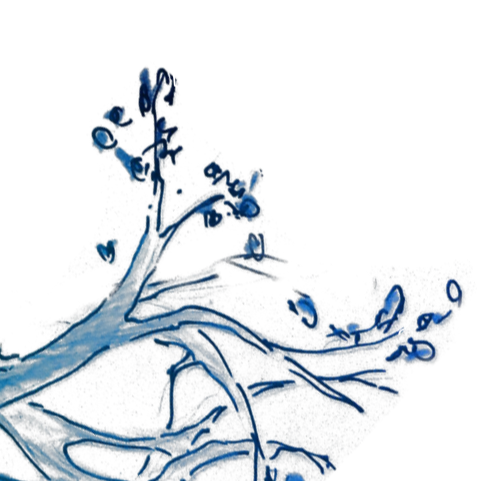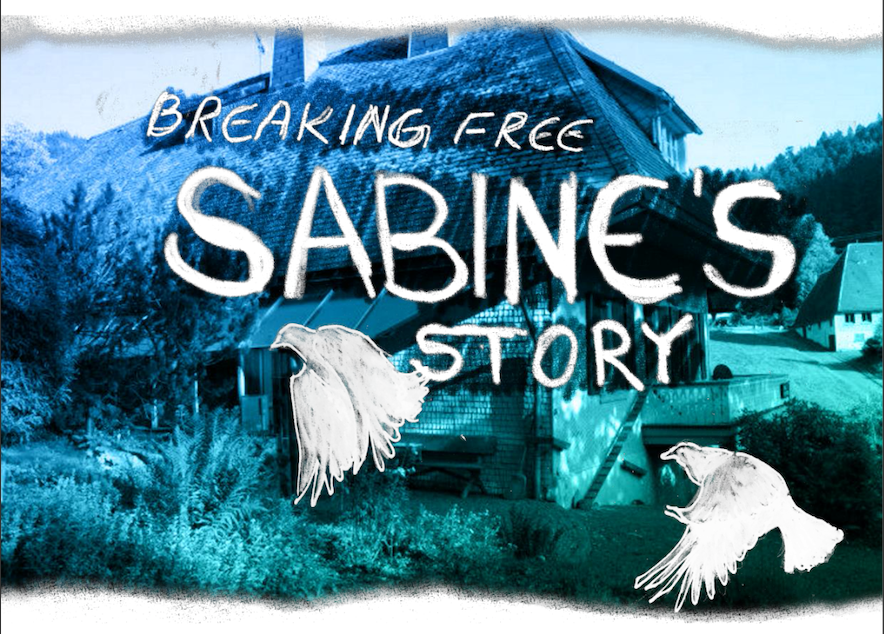
Some people plan their lives, and some realize that many of the persons, places and decisions that really shaped them came quite unplanned. Sabine Kühner’s story is a story about coincidences. It is a story about breaking freefrom what is expected from you, and about trusting in that things will work out.
In the fifties, Sabine is born into a conservative family in Todtmoos in the Black Forest. Her father is a physician and expects his kids to attend university. So, Sabine forces herself through High School. She goes to a boarding school at Lake Constance but drops out, begins a training as a physiotherapist but drops out, and goes back to High School, to finally graduate and fulfill her father’s wish.
She then begins what she today calls “a complete waste of my parents’ money”: For eight years, Sabine studies German in Heidelberg. She studies because studying is what people in her family do. But inside, Sabine asks herself whether university is really what she wants to do with her life. Actually, she considers herself more of a practical person.
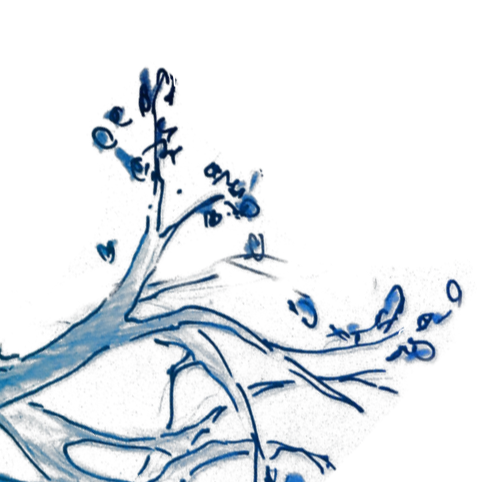
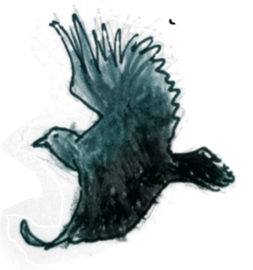
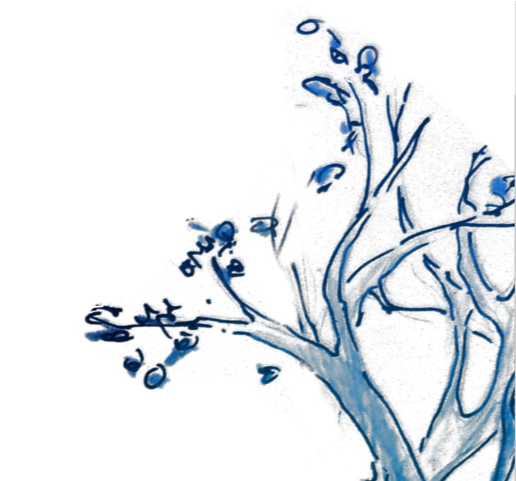
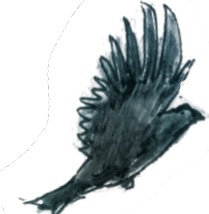
Sabine says that since she was adolescent, she had three visions: To be self- employed and do body work. To go away. To either have a house in the desert, or a house the Black Forest with a garage in which she can park into backwards with her car during winter when it has snowed. All her dreams will become true.
To go away. In 1982, when Sabine turns 28, she buys herself a plane ticket to San Francisco. She quits her studies at the University of Heidelberg which she never really loved. Instead, she begins a dancing training with Anna Halprin at the San
Francisco Dancers’ Workshop. Dance is, for Halprin, an expression of one’s life. Halprin uses dance as a therapy, to express one’s emotions.
One day, Halprin asks her students to seek solitude for several days and paint a picture during that time. Sabine paints a tree, from which she grows out. Black birds fly out of her chest. It is a painting about her wanting to overcome her fear and tension. It is an honest picture. The next task Halprin gives her students is to dance the painting. Sabine takes all her courage. She is convinced to really dance the picture, to really overcome her fears and tensions. And she knows that there is only one way to do it. She undresses, paints herself in black, like the birds on the painting, and dances in front of her fellow students. It’s the moment that Sabine breaks free.
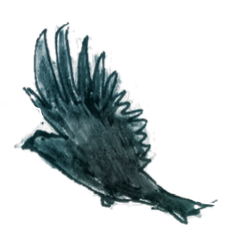
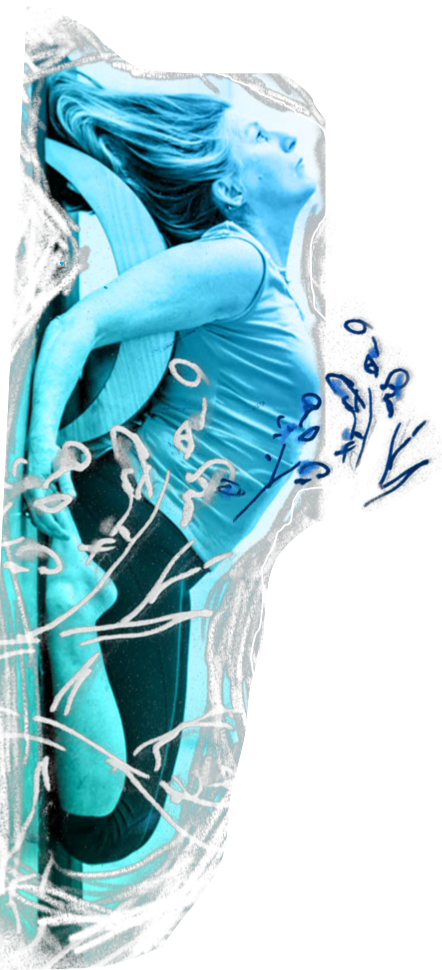
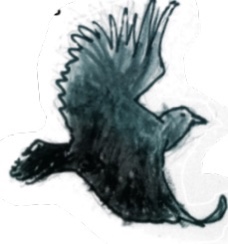
Sabine never wanted to stay in California. She came for the dance training and planned to return to Germany thereafter. But after the training at the San Francisco Dancers’ Workshop, Sabine knows for sure that she doesn’t want to go back to Germany. So, she stays – although her tourist visa expires. In the next five years, Sabine lives illegally in San Francisco. She makes a living by cleaning houses, teaching German and filling coffee into bags. A friend of hers takes her to a class in Iyengar Yoga, a new yoga style that puts an emphasis on correct posture. At first, the yoga seems quite strange to Sabine. Then she begins to love it.
To be self-employed and do body work. By chance, Sabine gets to know Meggie, a stewardess from San Francisco who, also, practices Iyengar Yoga. Meggie has connections with the Iyengar Institute in Pune, India where BKS Iyengar himself and his family conduct yoga classes. In the nineties, Iyengar Yoga is already quite popular in the West. Hundreds of yoga practitioners from all over the world want to come to the Iyengar Yoga Institute,
so there is a waiting list of one and half years. Through Meggie, Sabine gets the chance to fly to Poona every year for a month. Soon, she becomes a certified Iyengar Yoga teacher,and buys a house in San Francisco’s 14th street. She opens “Namaste Yoga” – her own Yoga studio. Also, she finally receives a Green Card.
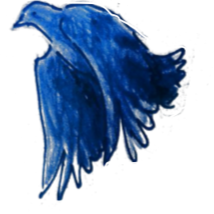
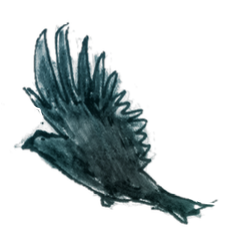
One may expect that Sabine’s story is over here. But things come unplanned, and when Sabine turns 50, suddenly a thought appears: Do I really want to grow
old in San Francisco? She thinks about it
for weeks and doesn’t come to a
conclusion. “Someday you will know”,
her friends tell her. Again, she flies to
Pune to study yoga with the Iyengar
family. And in Poona, Sabine finally
realizes that she doesn’t want to die in California.
She wants to return in Germany, but only after staying a few more years in India to study Yoga.
To either have a house in the desert, or a house the Black
Forest with a garage in which she can park into backwards
with her car during winter when it has snowed. Back in San
Francisco, Sabine sells her yoga studio. It is 2008, the
Silicon Valley has become the world’s center of big tech,
and the value of her real estate has exploded. She leaves
the Valley with bags full of money. In the next years,
Sabine lives in Pune at the Iyengar Yoga Institute. She
only comes to Germany to prolong her visa for India. In 2011,
during such a visa visit, she hears of a house that is for sale
in Todtmoos, her old home city. She drives to the Black Forest
to see the house and falls in love with it. It is a two-storied farmhouse with a large roof structure that has the ideal size for placing
a yoga hall in it. A small stream flows next to the house. It will be the name giver for Sabine’s new yoga studio: “Yoga am Bach”.
Today, Sabine rides with her car through the Black Forest and finds joy in seeing the small roads, the green meadows, the creeks. The place that she always wanted to go away from has become her new, old home.
“It’s me that must have changed”, she says.
